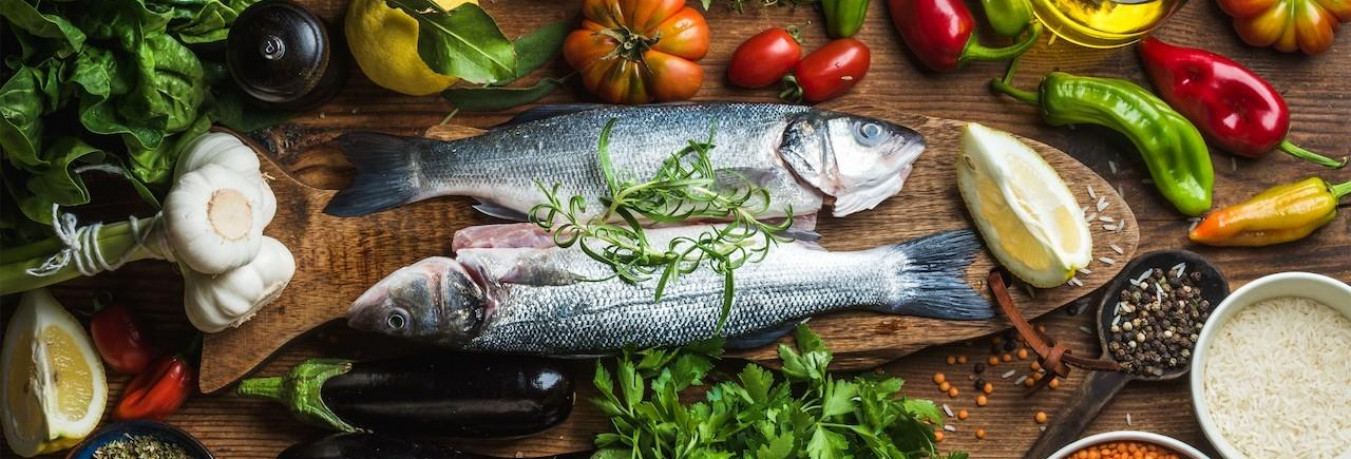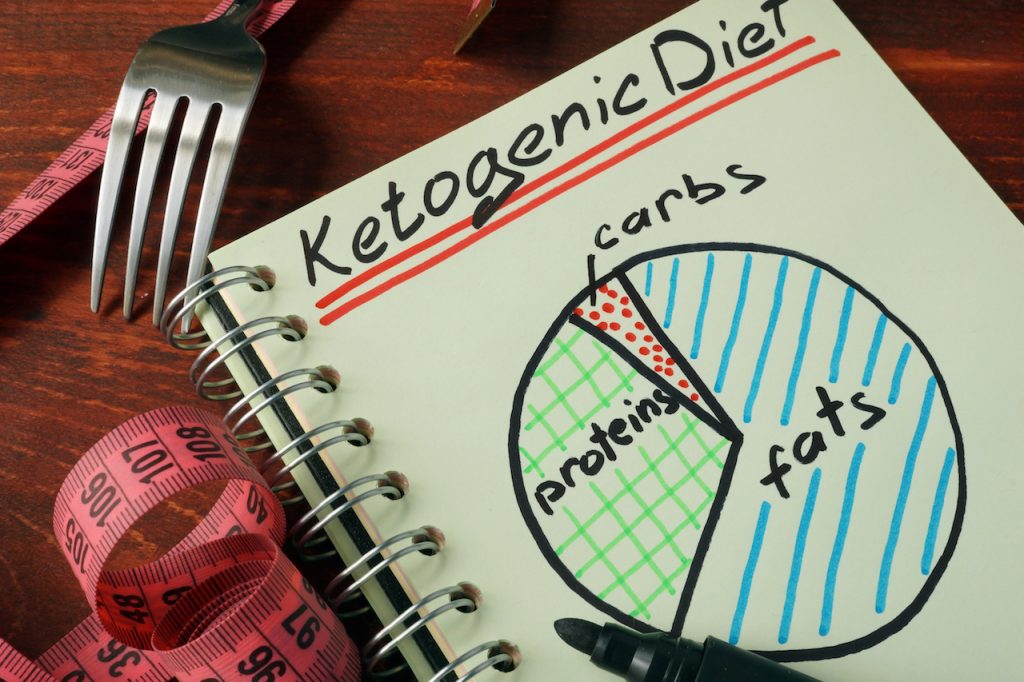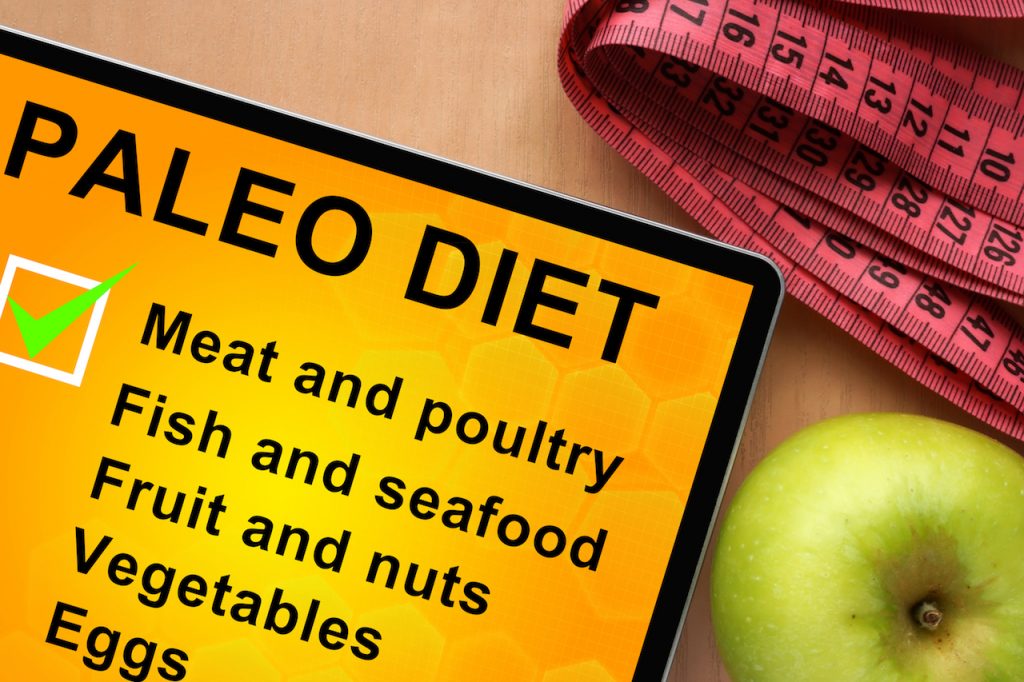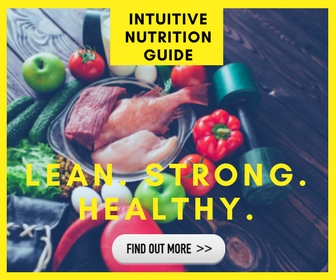
PALEO VS. KETO: What Are The Differences?
Feb 26, 2018 mindpumpThe paleo diet and the ketogenic diet are both extremely popular right now. Aren’t they basically the same? Which one is better? Should you try one? Read below:
Keto

The ketogenic diet was originally developed as a treatment for epilepsy. It has since been shown to have some cognitive benefits for those suffering from other neurodegenerative diseases as well.
The focus of keto is shifting your body and brain’s primary fuel source from glucose to ketones. When you deplete your body’s glycogen stores (quit eating carbs for a few days), your body starts looking for a new fuel source. Fats are converted to ketones, which become the body’s new primary fuel source. This is called ketosis: the bodies energy supply is coming from ketones.
So, carbs are obviously a no-no on the keto diet. The general recommendation is 30 grams or less of carbs a day. Consuming too many carbs causes your body to leave ketosis.
Excess protein can also be converted to glucose when the body’s glycogen stores are low, so consume protein in moderation. This leaves FAT as the primary macronutrient to be consumed on keto. Basically, the ketogenic diet is a high fat, moderate protein, low carbohydrate diet.
What to eat on the ketogenic diet:
Eat:
● Meat
● Seafood
● Non-starchy vegetables
● Healthy fats & oils
● Full fat dairy
Don’t eat:
● Grains
● Processed foods
● Starchy fruits and vegetables
● Legumes
● Sugar
● Alcohol
Paleo

The paleo diet is based on the idea of eating what our hunter-gatherer ancestors from the distant past would’ve eaten.
You’re “eating like a caveman”.
The theory behind the paleo diet: the introduction of cereal grains (barley, corn, wheat, etc.) into the diet of man is thought to be the root of many diseases and deaths. Although they’ve been a staple for thousands of years now, grains are a fairly new part of the human diet in the grand scheme of things.
By this thinking, wouldn’t eating the foods our ancient ancestor did, foods the human body has had potentially millions of years more to become adapted to; be easier for our bodies to process without creating issues?
Eating like a hunter gatherer has very broad parameters. Different hunter gatherer cultures around the globe have vastly different diets, despite all being “paleo”.
For example: the Inuit of the Arctic’s diet consists of mostly meat and fat, with very few fruits or vegetables. The Kivitans of Papua New Guinea, on the other hand, eat a very high carbohydrate, low protein diet. Both cultures have drastically different “paleo” diets.
Our hunter gatherer ancestors also most likely ate seasonally, so there is no set macronutrient ratio to follow on paleo.
What to eat on the paleo diet:
Eat:
● Meat
● Seafood
● Fruits
● Vegetables
● Nuts & seeds
● Healthy Fats
Don’t eat:
● Dairy
● Grains
● Processed foods & sugars
● Legumes
● Starches
● Alcohol
Following both paleo and keto at the same time is very doable. The diets do contain lots of similarities.
The paleo diet allows for more micronutrient rich fruits and vegetables, and more food diversity in general.
The ketogenic diet does offer health benefits to those suffering from various neurodegenerative diseases.
Both diets do an excellent job of eliminating processed foods from the diet, and shifting the focus to primarily whole food sources. Paleo, keto, or neither; make whole, unprocessed, the majority of your diet. Good health will follow.








